BHG - The proportion of livestock value accounts for about 40% in the agricultural and forestry production structure of Quang Binh district. This sector plays an important role in rural economic development, contributing to increasing income and improving people's lives. To raise livestock safely and effectively, households are applying waste treatment technology using biogas tanks, creating a green, economical and environmentally friendly source of energy.
The majority of people in Bang Lang commune maintain small and medium-scale pig farming. However, most of them do not properly treat waste, often discharging it directly into ponds and gardens, polluting the soil, water, and air, affecting the health of the people and the surrounding community. Concerned about this, Mr. Kim Xuan Hao, Deputy Secretary of the Commune Youth Union, came up with the idea of building a project "Green energy from livestock" by installing biogas tanks for pig farming households. This is an effective solution to help collect and treat livestock waste, reduce odors, destroy pathogens and improve the natural landscape. In particular, this system also regenerates clean energy for cooking, lighting, reducing living costs, and responding to climate change.
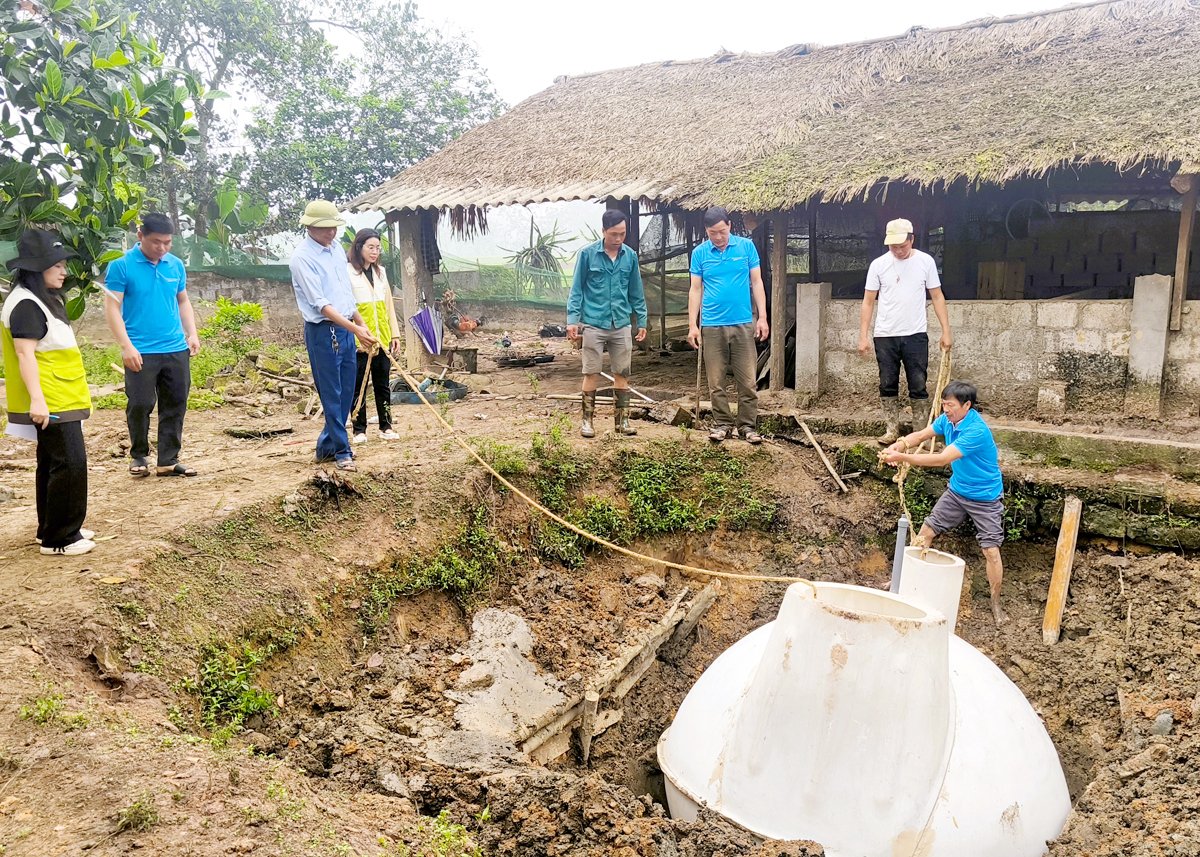 |
| People in Bang Lang commune (Quang Binh) installed biogas tanks to treat livestock waste. |
With its practicality and high feasibility, the project won the prize in the “Changemakers” competition jointly organized by Good Neighbors International and NongHyup Bank (Korea). With a support of 70 million VND, the project has deployed and installed biogas tanks for 7 local pig farming households, each pig pen has 10-20 pigs. After 2 months of use, the households have clearly seen the economic and environmental benefits. Mr. Hoang Van Hoan, Khun village, Bang Lang commune shared: “In addition to the support amount of more than 9 million VND, I also spent more money to build a 12m3 biogas tank. By maintaining a continuous herd of pigs, my family has enough gas for daily use. Compared to the current price of 400,000 VND/gas tank, it also saves a significant amount of expenses. Every year, I sell about 3 litters of commercial pigs, equivalent to 30 pigs, with an average selling price of 65,000 VND/kg, earning a profit of 50 million VND”.
In Bang Lang commune, there are 824 households raising livestock, with a relatively large herd of 1,530 buffaloes and cows; 667 goats; 5,500 pigs and 111,000 chickens, geese and ducks. 54% of the livestock farms have been solidly built. Because livestock farming is the main source of income for families, people actively participate in training courses and transfer of new science and technology. Many programs have been effectively implemented such as artificial insemination, improving the stature and physical condition of buffalo herds; production and consumption chains of purebred H'Mong black chickens, commercial crossbred pigs, and breeding buffaloes. In addition, people have proactively planted grass, stored green fodder, cassava starch, corn, and rice bran to ensure nutrition for livestock. Recognizing that livestock farming is only truly sustainable when combined with environmental protection, the commune has promoted propaganda and expanded the waste treatment model using biogas tanks, helping people change their habits from traditional livestock farming to commodity farming, for a green agriculture .
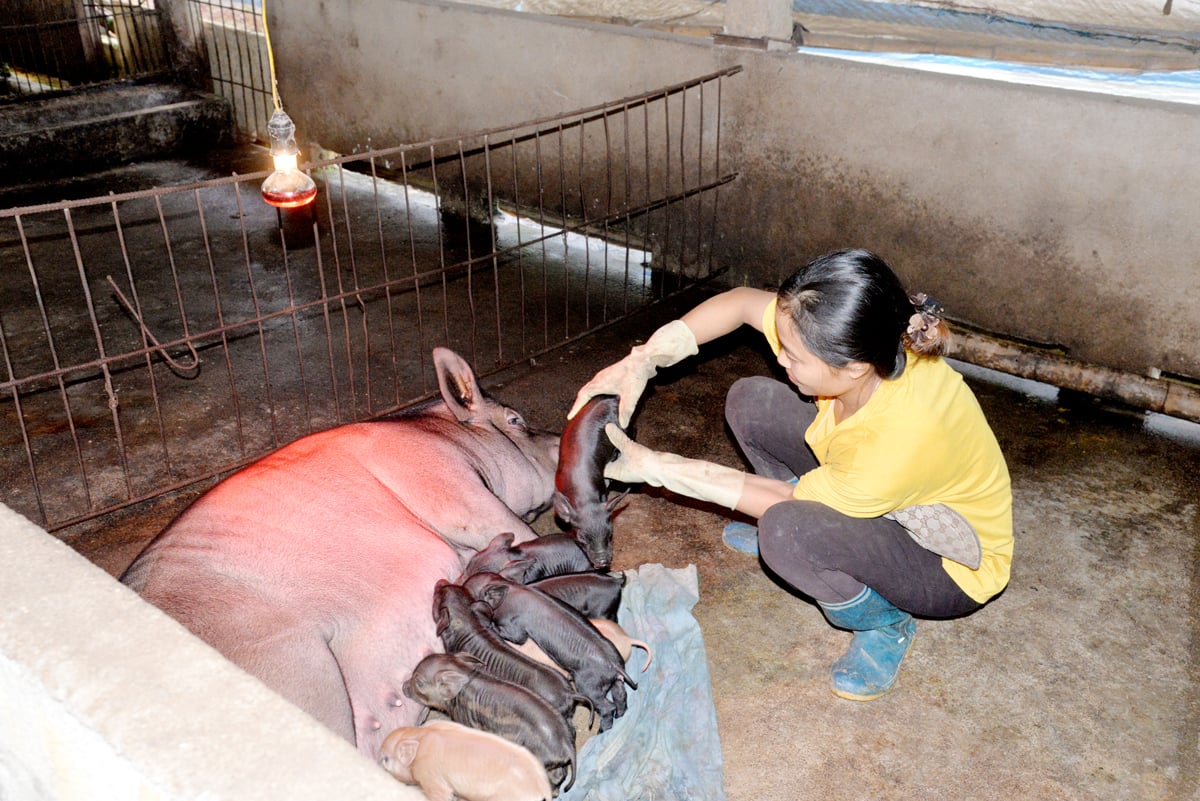 |
| Ms. Nong Thi Hang, Yen Chung village, Tien Yen commune (Quang Binh) maintains a model of breeding black sows. |
Not only in Bang Lang commune, in other localities in the district such as Vi Thuong commune, Xuan Giang, Tien Yen, Yen Binh town... people are gradually applying safe biological farming methods associated with environmental protection. For example, the family of Ms. Nong Thi Hang, Yen Chung village, Tien Yen commune. Since 2018, when she first started her business, Ms. Hang immediately thought of developing a model of raising native black sows. Thanks to mastering farming techniques and full vaccination, her family's pig herd has grown healthily and is less susceptible to disease. With 6 sows, giving birth to at least 2 litters each year, the selling price of piglets is 1.5 million VND/pig, bringing the family an income of 70 million VND/year. To solve the problem of environmental sanitation, after the spring crop harvest, she will immediately start investing in upgrading barns, building a larger biogas tank than before, meeting the scale of increasing herd numbers this year.
Quang Binh district has 19,000 buffaloes and cows; 11,000 goats; 54,000 pigs and 815,000 poultry. With diligence, hard work, creativity and a desire to learn, people are increasingly prioritizing and focusing on choosing the smartest solutions, suitable to conditions, costs and practical needs to turn livestock waste into green energy. Thereby, contributing to improving the quality of livestock, promoting the growth target of the livestock sector in the coming time.
Article and photos: MOC LAN
Source: https://baohagiang.vn/kinh-te/202505/nang-luong-xanh-tu-nhung-mo-hinh-chan-nuoi-ben-vung-47f4685/


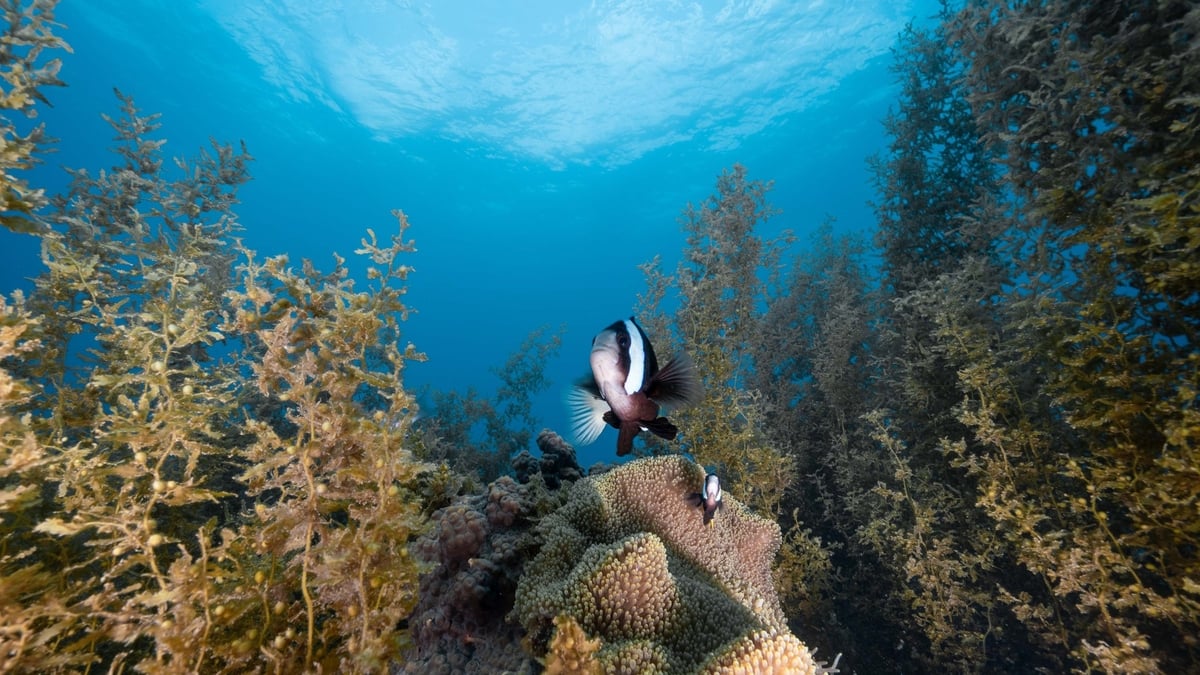
![[Photo] Vietnamese and Hungarian leaders attend the opening of the exhibition by photographer Bozoky Dezso](https://vphoto.vietnam.vn/thumb/1200x675/vietnam/resource/IMAGE/2025/5/29/94d8ceca5db14af3bf31285551ae4bb3)


![[Photo] Prime Minister Pham Minh Chinh meets with Hungarian President Sulyok Tamas](https://vphoto.vietnam.vn/thumb/1200x675/vietnam/resource/IMAGE/2025/5/29/dbcaa73e92ea4448a03fe1d0de6d68e8)
![[Photo] Prime Minister Pham Minh Chinh receives leaders of Excelerate Energy Group](https://vphoto.vietnam.vn/thumb/1200x675/vietnam/resource/IMAGE/2025/5/29/c1fbe073230443d0a5aae0bc264d07fe)




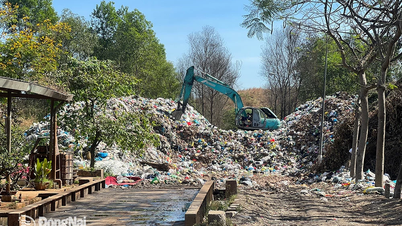


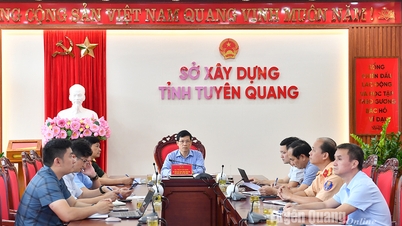

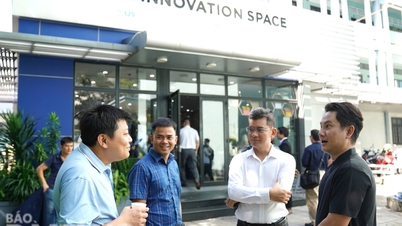





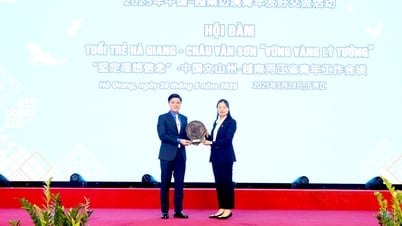
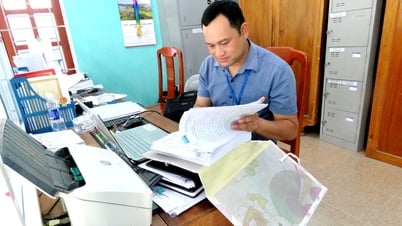
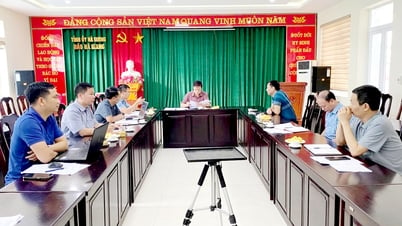
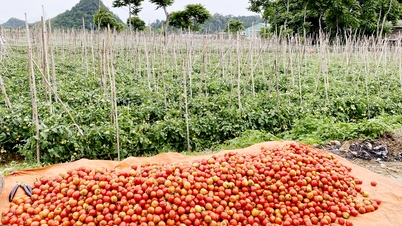
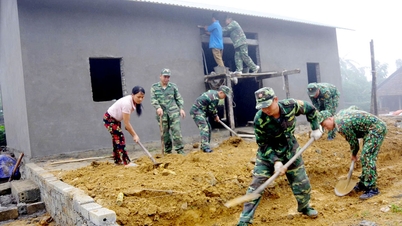
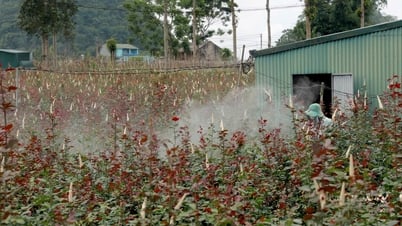
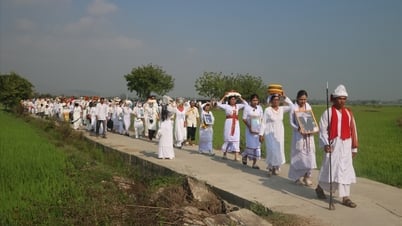



















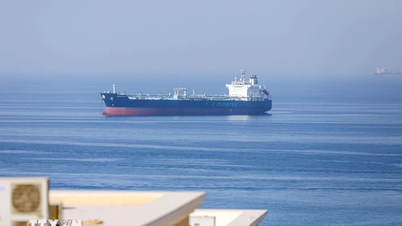





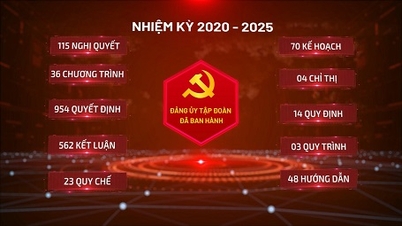


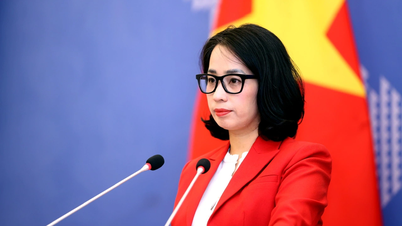


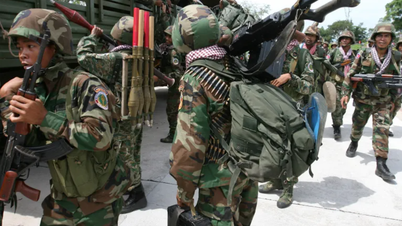






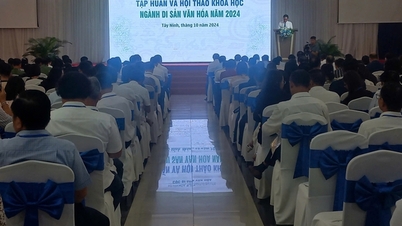
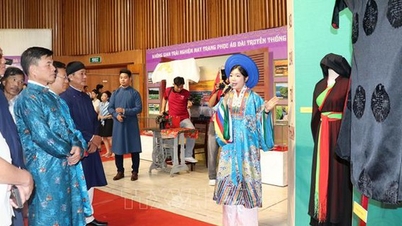
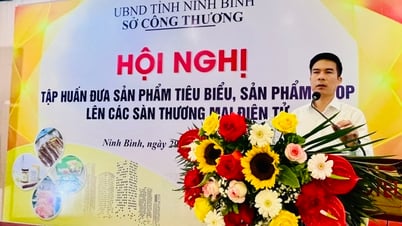

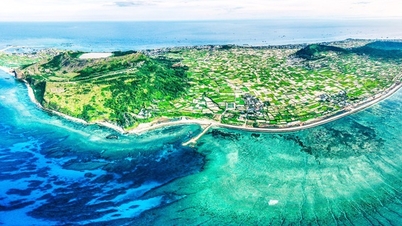
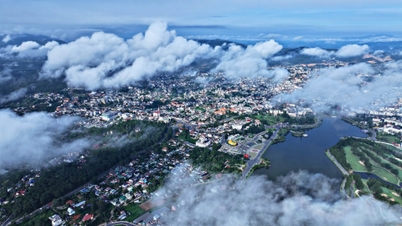


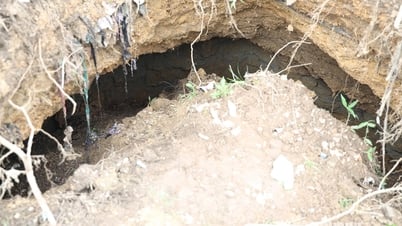










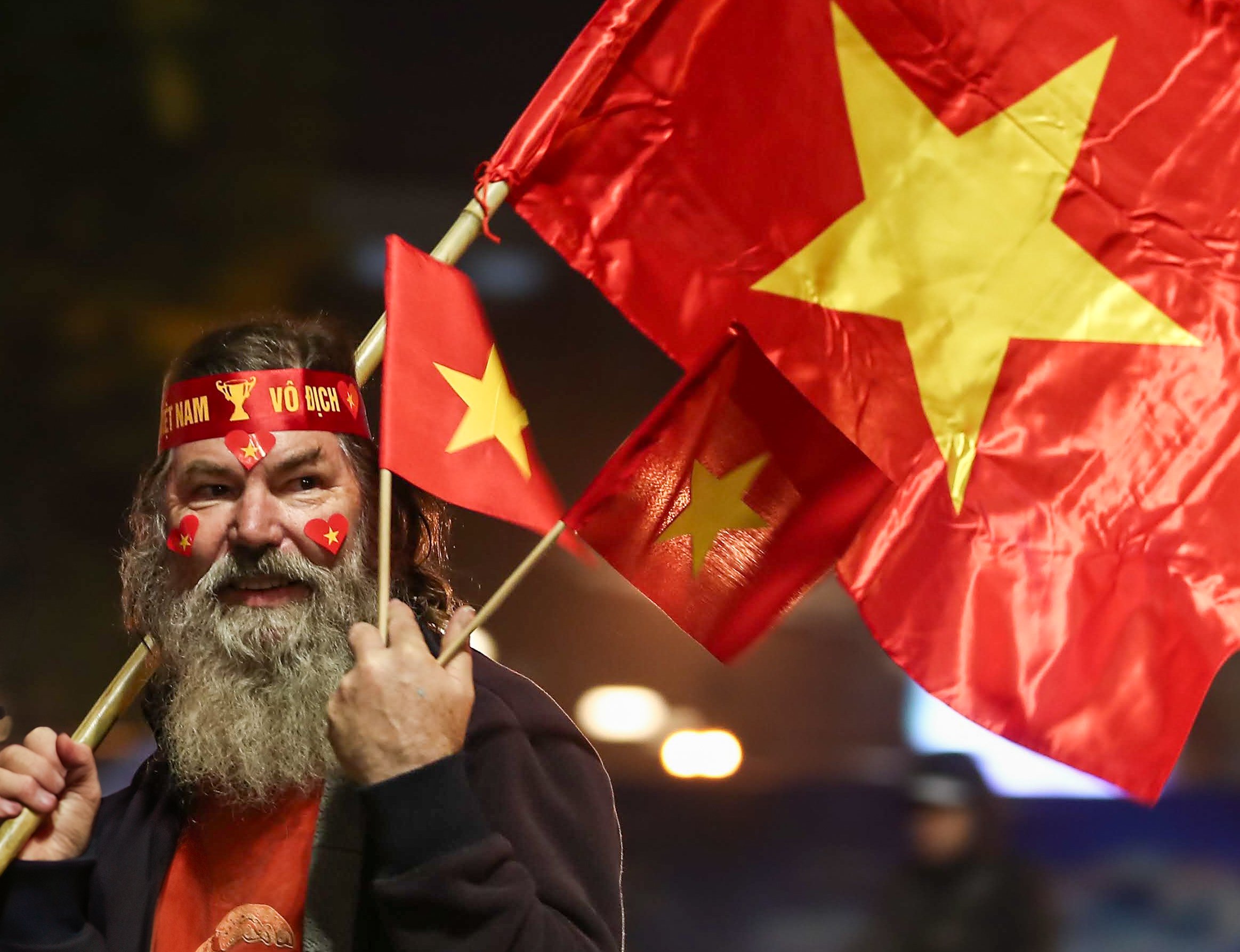
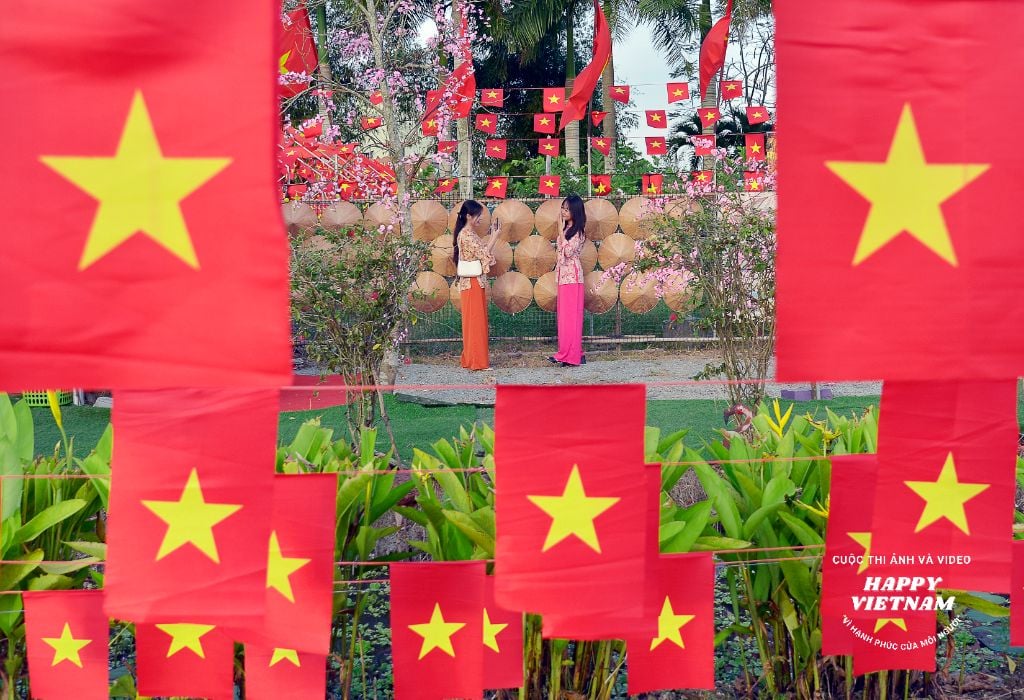


Comment (0)